#Kluane National Park and Reserve
Text
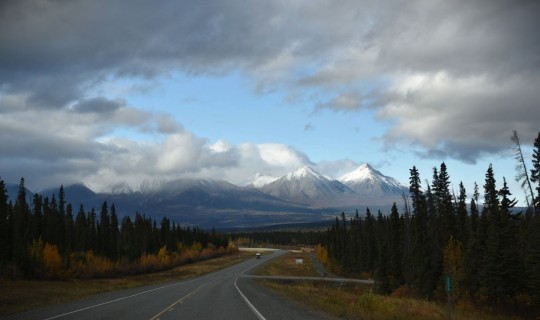
#MontLogan
Kluane National Park and Reserve, Mont Logan.
Canada's highest peak.
@BenAdrienProulx
October 10, 2022.
#Mont Logan#Kluane National Park and Reserve#Canada's highest peak#Raw Nature#Nature Core#Nature Gothic#Canadian landscape#Yukon#Landscape#Nature Photography#Nature Canada#Wild Landscapes#Photography#Nature#Road Trip#Mountainous Parts of the Northern Hemisphere#Canada#The RavenKeeper
461 notes
·
View notes
Text
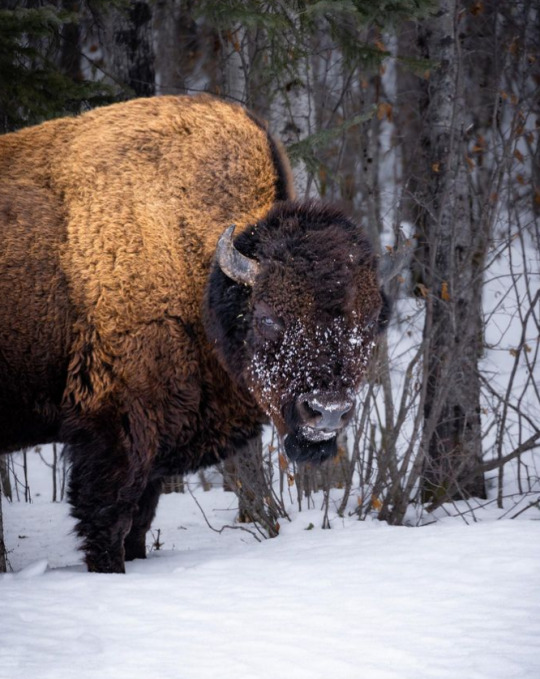


Kluane National Park and Reserve, Yukon, Canada
nomad.mick
#Kluane National Park and Reserve#Yukon#Canada#Wildlife#CanadaWildlife#Bison#North America#National Park
0 notes
Photo










Kluane National Park and Reserve, Yukon
Taken October 2022
#mountains#northern gothic#yukon#canada#cabins in the woods#rivers#kluane national park#autumn#my photos#my places#nev
2K notes
·
View notes
Text


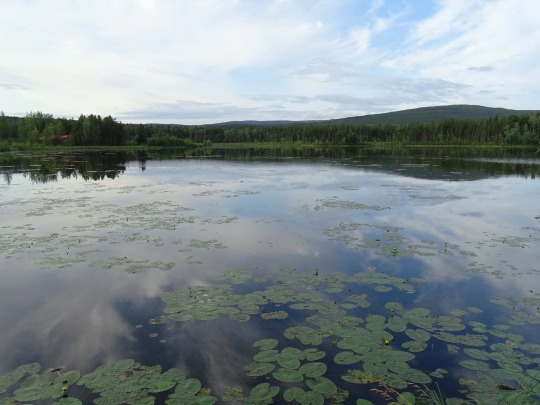

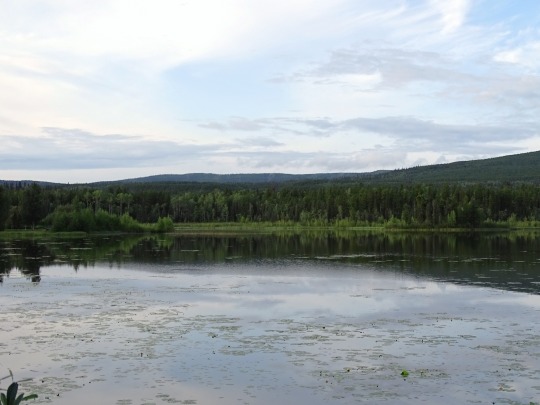



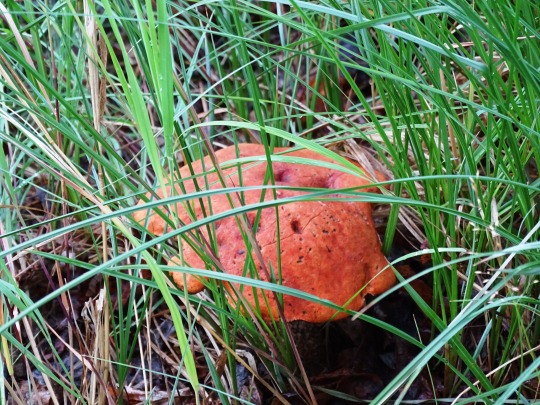

Wye Lake, YT (No. 4)
The territory is the approximate shape of a right triangle, bordering the U.S. state of Alaska to the west and northwest for 1,210 kilometres (752 mi) mostly along longitude 141° W, the Northwest Territories to the east and British Columbia to the south mostly along latitude 60° N. Its northern coast is on the Beaufort Sea. Its ragged eastern boundary mostly follows the divide between the Yukon Basin and the Mackenzie River drainage basin to the east in the Mackenzie mountains.
Most of the territory is in the watershed of its namesake, the Yukon River. The southern Yukon is dotted with a large number of large, long and narrow glacier-fed alpine lakes, most of which flow into the Yukon River system. The larger lakes include Teslin Lake, Atlin Lake, Tagish Lake, Marsh Lake, Lake Laberge, Kusawa Lake and Kluane Lake. Bennett Lake on the Klondike Gold Rush trail is a lake flowing into Nares Lake, with the greater part of its area within Yukon. Other watersheds in the territory include the Mackenzie River, the Peel Watershed and the Alsek–Tatshenshini, and a number of rivers flowing directly into the Beaufort Sea. The two main Yukon rivers flowing into the Mackenzie in the Northwest Territories are the Liard River in the southeast and the Peel River and its tributaries in the northeast.
Canada's highest point, Mount Logan (5,959 m or 19,551 ft), is in the territory's southwest. Mount Logan and a large part of the Yukon's southwest are in Kluane National Park and Reserve, a UNESCO World Heritage Site. Other national parks include Ivvavik National Park and Vuntut National Park in the north. A second UNESCO World Heritage Site, Tr'ondëk-Klondike World Heritage Site, was designated in 2023.
Notable widespread tree species within the Yukon are the black spruce and white spruce. Many trees are stunted because of the short growing season and severe climate.
Source: Wikipedia
#mushroom#Wye Lake#Watson Lake#Yukon#travel#original photography#vacation#tourist attraction#landmark#cityscape#Canada#summer 2023#the North#small town#Alaska Highway#road trip#lake shore#calm waters#reflection#blue sky#clouds#landscape#countryside#architecture#Wye Lake Park#water lily#grass
7 notes
·
View notes
Text
Camper Dreaming: The Ultimate Guide to Finding the Best Camping Spots in Canada
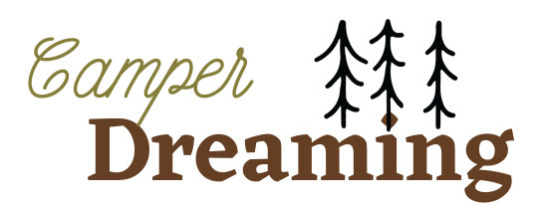
Are you a camper who has always wanted to explore the wilderness of Canada? Don't look any further! Welcome to Camper's Paradise, Your ultimate guide to this stunning country's most popular camping spots in Canada.
Canada is famous for its stunning scenery, diverse ecosystems and abundant wildlife, making it a paradise for those who love the outdoors. Something suits every camper's taste, from the majestic Rocky Mountains to the pristine coastline. If you're looking to pitch an outdoor camp in the wilderness or relax in an all-inclusive RV, Canada offers a wide selection of the best camping in Canada that meet the needs of every taste.
To assist you in planning your ideal camping trip, we've compiled a list of Canada's most popular camping spots in Canada. Let's take a look!
Banff National Park, Alberta: Nestled in the heart of the Canadian Rockies, Banff National Park provides a breathtaking landscape, crystal-clear lakes, and many best camping spots in canada. Visit the famous Lake Louise or hike the trails that lead to spectacular views.
Algonquin Provincial Park, Ontario, is known as the most beautiful among Ontario's park systems. Algonquin has more than 7600 acres of unspoiled wilderness. Camp out along one of the lakes, take a canoe ride or observe animals in the wild surroundings.
Pacific Rim National Park Reserve, British Columbia: Experience the stunning nature on Vancouver Island at Pacific Rim National Park Reserve. Stay near the incredible Long Beach and enjoy activities like surfing, kayaking or exploring the tropical rainforests.
Fundy National Park, New Brunswick: Scuba dive into the stunning waters of the Bay of Fundy at Fundy National Park. Stay in a camp among imposing rock formations, walk along beautiful trails, and observe the world's largest tides.
Gros Morne National Park, Newfoundland and Labrador: Immerse yourself in the breathtaking nature of Gros Morne, a UNESCO World Heritage site. Explore fjords, trek stunning tracks, or camp amid the magnificent wilderness.
Waterton Lakes National Park, Alberta: Find the elusive jewel in the Canadian Rockies at Waterton Lakes National Park. Camping along the lakes is a dream, or hike to spectacular views and keeping an eye on this park's numerous species of wildlife.
Cape Breton Highlands National Park, Nova Scotia: Experience the splendor of Cape Breton Highlands National Park, Nova Scotia. Cabot Trail when camping in Cape Breton Highlands National Park. Marvel on the rugged shoreline, trek through dense forests and take in breathtaking views at every turn.
Yoho National Park, British Columbia: Is in the heart of the Canadian Rockies. Yoho National Park provides the best camping experiences in Canada that make you swoon. Discover cascading waterfalls, trek through alpine meadows, and marvel at the breathtaking glaciers.
Kluane National Park and Reserve, Yukon: For the adventure-seeking camping enthusiast, Kluane National Park is an essential destination. Camp in the majestic mountain peaks in the St. Elias Mountains, trek to the stunning Kluane Icefields and experience the unspoiled wilderness.
Prince Edward Island National Park, Prince Edward Island: Discover the beautiful marine landscapes of Prince Edward Island National Park. Stay near sandy beaches, hike the coastal trails, and experience the beauty of this idyllic island paradise.
Here are some of the amazing camping places in Canada. Before launching your trip, prepare ahead and check for campground amenities, permits, facilities, and local rules. Go out and have unforgettable camping experiences in the stunning nature of Canada!
Happy camping!
2 notes
·
View notes
Text
Hey travellers and (so-called) Western Canada residents of tumblr!
I’m planning a road trip with a bunch of friends throughout BC, Canada and into the NWT and Yukon…I want to be able to tell spooky stories at campfires about local legends and haunts, but LITERALLY all anyone talks about is how haunted Vancouver and Victoria are, as if that’s some kind of secret. Some places I’m totally stumped on are:
Prince George, BC (note: I do already know a fair amount about the highway of tears)
Fort St. John, BC
Dawson Creek, BC
Muncho Lake, BC
Fort Liard, NWT
Watson Lake, YK
Carcross (note: I know about the hotel and hope they’re open again when we go!), YK
Kluane National Park Reserve, YK
Atlin, BC
Anywhere along the Stewart-Cassiar Highway
The Hazeltons
Nisga’a Territory
I’d super appreciate any stories you’ve got to tell! Share your spookies!
#scary stories#haunted bc#British Columbia#northern bc#strange encounters#share stories#travel#travel stories#western Canada#Northwest Territories#Yukon territory#northern Canada#haunted Canada#ghost stories#ghostly encounters
4 notes
·
View notes
Text


Mount Logan in Kluane National Park and Reserve, Yukon, Canada
© A. Michael Brown/Shutterstock
Featured on Bing- November 25, 2023
Kluane National Park and Reserve, Yukon
Kluane's untamed beauty
0 notes
Photo

Above: Mountains situated on the perimeter of Haines Junction.
HAINES JUNCTION, YUKON TERRITORY, CANADA.
A few months ago, I hinted I’d be introducing photographs of Yukon Territory. Time flies. I became immersed in several other projects, which you’re welcome to view as part of my 2022 DEAN OROS PHOTO RECAP.
I’m happy to start off with THE VILLAGE OF HAINES JUNCTION. I hope you’ll take a moment to explore this image. I originally photographed Yukon Territory in 2015. It’s incredibly interesting to revisit these photographs almost 8 years later, and to have the opportunity to perform more work on them. One of the details I’m taken with are the snow-capped mountain peaks. Though it was summer, snow is visible year-round.
THE VILLAGE OF HAINES JUNCTION lies on the edge of a vast and spectacular wilderness. It is a gateway to the Kluane National Park and Reserve. This community lies within the traditional territory of the Champagne and Aishihik First Nations, Southern Tutchone people who have lived in the area for thousands of years.
Kluane National Park and Reserve, together with the Tatshenshini-Alsek Park in British Columbia, Wrangell-St. Elias National Park and Glacier Bay National Park in Alaska, form one of, if not the largest internationally protected area on earth. It is designated as a UNESCO World Heritage Site.
SHOP FINE ART PRINTS.
Two versions of THE VILLAGE OF HAINES JUNCTION are now available.
1. HAINES VILLIAGE TRI-FOLD
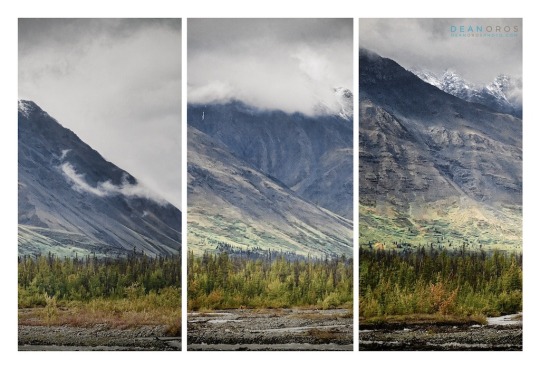
2. HAINES VILLAGE FULL FRAME

Choose traditional silver-halide, archival giclée or gallery-wrapped canvas prints. Order via my online gallery or CONTACT ME. I’ll ensure you’re ordering exactly what you want.
Thank you for visiting. See you again soon.
SEE MORE FINE ART PHOTOGRAPHY.
Curated collections of my photographs are available to enjoy in your home, office or retail space.
Virtual Gallery: DEANOROSPHOTO.COM
Social: INSTAGRAM | FACEBOOK | TWITTER
0 notes
Photo
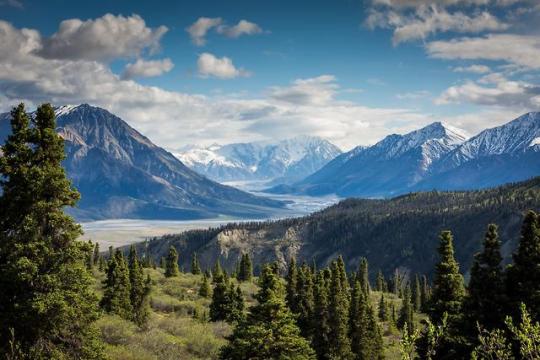
Kluane National Park and Reserve, Canada. [5760x3840][OC] via /r/EarthPorn https://ift.tt/2GUMA6x
4 notes
·
View notes
Photo
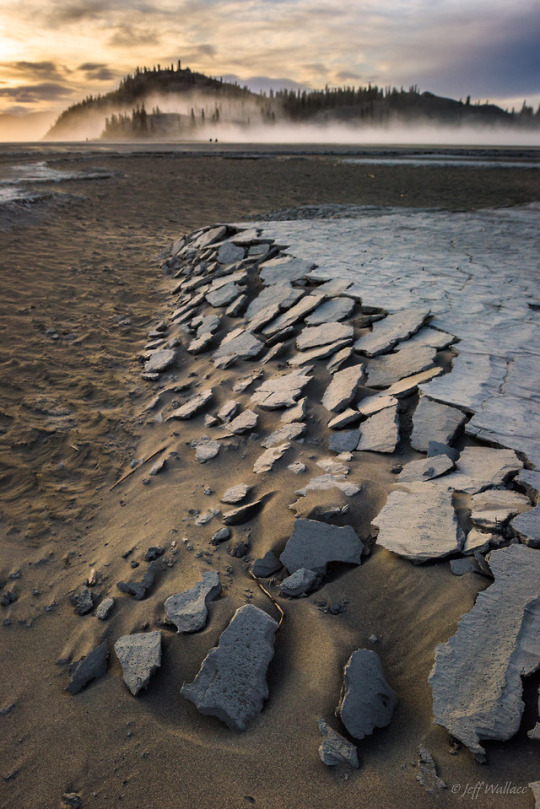
Kluane National Park and Reserve - Canada (by Jeff Wallace)
#Kluane National Park and Reserve#Canada#Kanada#America#Nature#Landscape#Outdoor#Rural#Countryside#Photography#Travelling#Traveling#Travel#Tourism#Vacaiton#Holiday#Urlaub#Reisen
2K notes
·
View notes
Photo

Kluane National Park and Reserve
#Kluane National Park and Reserve#north america#wanderlog#nature#landscape#scenery#explore#travel#adventure#photography
416 notes
·
View notes
Text

Taking some time to relax and soak in the immense view of the Hoge Pass in Kluane National Park and Reserve.
Yukon
1986
#vintage camping#campfire light#yukon#hoge pass#80s#kluane national park#breathtaking#hiking#camping#love
299 notes
·
View notes
Text

Kluane National Park and Reserve of Canada, Canada
Taken by Kalen Emsley
1 note
·
View note
Text









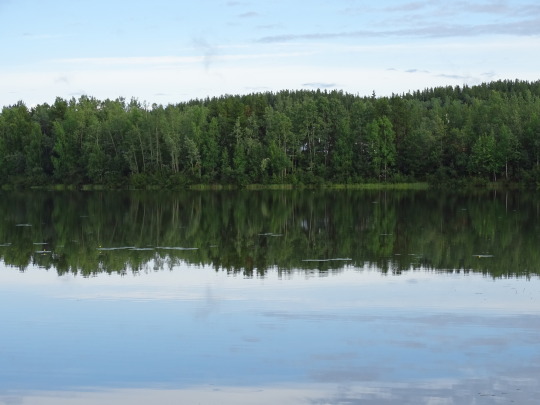
Wye Lake, YT (No. 1)
Yukon (formerly called the Yukon Territory and referred to as the Yukon) is the smallest and westernmost of Canada's three territories. It is the second-least populated province or territory in Canada, with a population of 45,148 as of 2023. However, Whitehorse, the territorial capital, is the largest settlement in any of the three territories.
Yukon was split from the Northwest Territories in 1898 as the Yukon Territory. The federal government's Yukon Act, which received royal assent on March 27, 2002, established "Yukon" as the territory's official name, although Yukon Territory remains in popular usage. Canada Post uses the territory's internationally approved postal abbreviation of YT. In 2021, territorial government policy was changed so that "The Yukon" would be recommended for use in official territorial government materials.
Although officially bilingual (English and French), the Yukon government recognizes First Nations languages.
At 5,959 m (19,551 ft), Yukon's Mount Logan, in Kluane National Park and Reserve, is the highest mountain in Canada and the second-highest on the North American continent (after Denali in the U.S. state of Alaska). Most of the Yukon has a subarctic climate, characterized by long, cold winters and brief, warm summers. The coastal area along the Arctic Ocean has a tundra climate.
Notable rivers include the Yukon, Pelly, Stewart, Peel, White, Liard, and Tatshenshini.
Source: Wikipedia
#Wye Lake#Watson Lake#Yukon#travel#original photography#vacation#tourist attraction#landmark#cityscape#Canada#summer 2023#the North#small town#Alaska Highway#road trip#lake shore#calm waters#reflection#blue sky#clouds#landscape#countryside#yellow rattle
2 notes
·
View notes
Photo
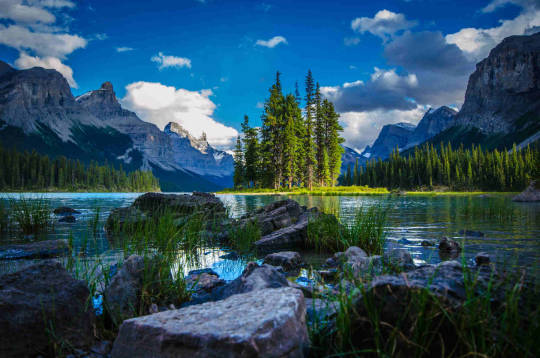
-Parc national et réserve de parc national de Kluane
-Kluane National Park and Reserve
#Canada#parc national#national park#landscape#landscapephotography#landscape photography#landscapephoto#landscapenature#nature#naturelovers#naturephotography#merveille de la nature#natural history#<3#montagnes#mountains#montagne#mountainlove#trees#beauté#beauty#tumblr#artists on tumblr#photographer on tumblr#histoire#historique#forêt#forest#toundra#unesco
70 notes
·
View notes
Text
If you were for and still are for the Paris Agreement there is still time to charge on. It may not always look like there is climate change but if you run the numbers over a period of time, it becomes more evident.
Take my favorite place. A place where I had spent over half my life living, Alaska. When I arrived in the late 70s it was already winter. And of course it should have been in December. There was on one year while living there that there was zero snow on the ground at Christmas. In return it was cold , cold and clear. But sometime during the month of January it finally broke and the snow came. During my third year living in Anchorage spring came early, very little snow left by late March. But then the day after the 4th of July the rain came and lasted the rest of the summer. These are only odd years while living in Anchorage. For a vast majority, come the 1st of October you could plan on Snow any day. And truly the snow wouldn’t leave to late April or early May.
But this is not the way it is any more in Anchorage. Winter may not come till late November or December and now they are in a situation where it will snow one day and turn into ice the next. Get cold and then get warm. The snow does not last. I have seen this first hand.
Where I live now we are lucky to get snow, even though it snowed last night. For the past several years that accumulation has not gone above 5″. When history has shown it snowed a lot here and more than a dozen inches was not uncommon.
I would like to tell this fact that I found this last summer while driving in the Yukon Territories in Canada. There is a Lake called Kluane Lake which is on the Alaska Highway. Its and interesting place because there is hardly anything there, except a place called Destruction Bay, Burwash Landing, and Kluane National Park and Reserve. Destruction Bay is basically a gas stop. On one side of the highway is the lake the other side is start of the coastal mountains of the Park. The lake was fed by from the glaciers in the Park. As I said it is a huge lake, you drive for probably 20 or so miles along this lake before you leave it. At the southern end is a Park head Quarters of which I have stopped into twice now. In talking with one of the park employees this time she mentioned the fact that the lake is no longer fed by glaciers in the park. It has since retreated from that side of the mountains and now only feeds the other side which flows to the ocean. Where the water once was has now become a sand desert. Wish I had taken more photos at that time to share. We have to take into account this did not happen over night. What once was a slow pace is now an excel-orated pace. The glaciers are melting all over the world.
#paris agreement#climate denial#climate change#glaciers#ice#melting ice#weather#Canada#yukon territory#Alaska#Anchorage
1 note
·
View note